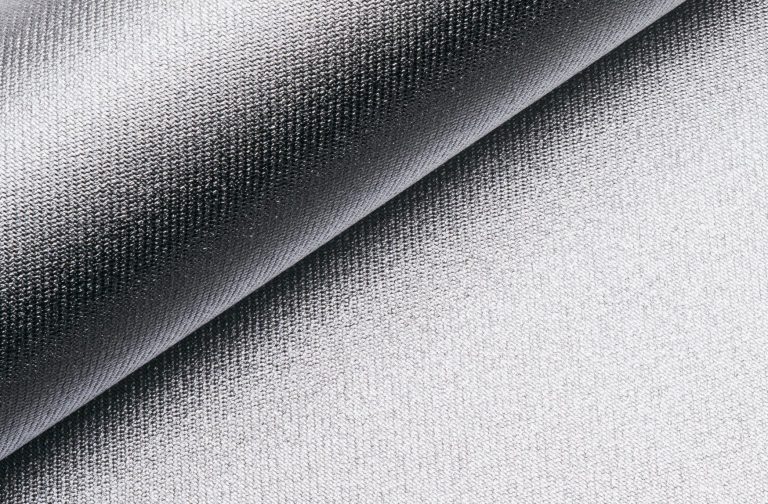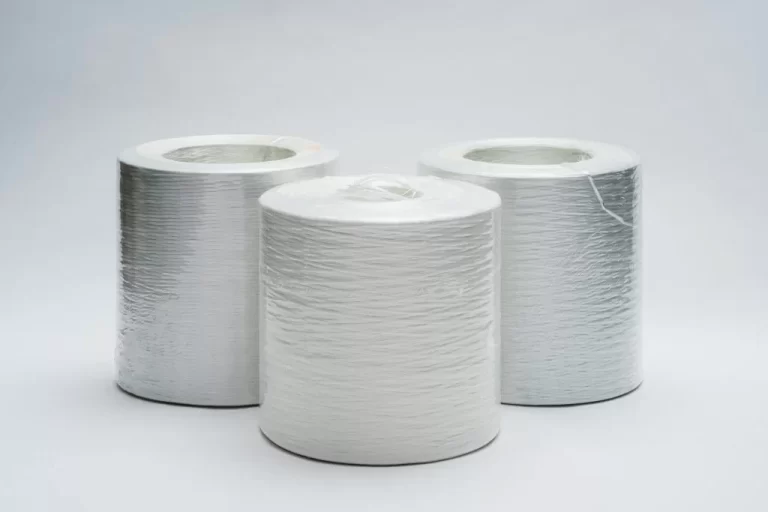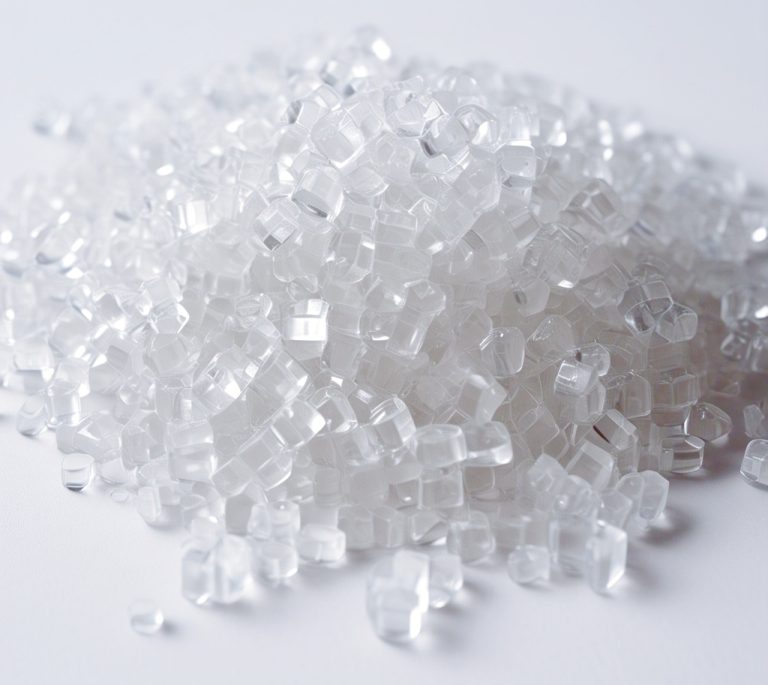Direct roving is a foundational material in the composites industry — essential for applications like pultrusion, filament winding, weaving, and SMC. But have you ever wondered how it’s actually made?
In this article, we’ll walk you through the step-by-step process of how direct rovings are produced, from raw materials to the final packaged roll. Whether you’re a manufacturer or simply curious about fiberglass, here’s everything you need to know.
What Is Direct Roving?
Direct roving is a bundle of continuous glass filaments that are gathered and wound directly from the fiberizing process. It’s designed for high-performance composite reinforcement and is widely used across industries including automotive, construction, wind energy, and electronics.
Step 1: Melting the Raw Materials
The process begins with raw materials such as:
- Silica sand
- Limestone
- Alumina
These materials are melted in a furnace at temperatures over 1,500°C, producing molten glass. This is the base for creating strong and durable glass fibers.
Step 2: Fiberizing the Glass
The molten glass flows through a bushing plate — a precision tool with hundreds or thousands of tiny holes. As the glass exits, it forms continuous filaments, typically 13–24 microns in diameter. These filaments are drawn at high speed to ensure consistency and strength.
Step 3: Applying the Sizing
As the filaments are formed, they are coated with a sizing solution — a chemical layer that:
- Protects the fibers from breakage
- Enhances compatibility with resins like epoxy, polyester, or vinyl ester
- Improves processing performance during molding or winding
Sizing is tailored to suit specific applications, ensuring maximum bonding and durability.
Step 4: Forming the Direct Roving
The filaments are then gathered into a single, untwisted bundle — the roving — and wound directly onto a cylindrical package. This “direct” winding method provides:
- Excellent uniformity
- Low fuzz
- Better resin wet-out
- Higher performance in automated processes
Unlike assembled rovings, direct roving doesn’t require twisting or combining multiple yarns.
Step 5: Packaging and Distribution
The direct roving is wound into rolls (usually 15–20 kg each) and packaged with care to prevent deformation. Rolls are palletized and labeled for easy identification and handling. Whether shipped domestically or internationally, we ensure safe, timely delivery to your facility.
Why Use Direct Roving?
Choosing direct roving offers many benefits:
- ✅ High tensile strength
- ✅ Excellent resin compatibility
- ✅ Low static and minimal fuzz
- ✅ Ideal for high-speed production lines
It’s a reliable, efficient solution for manufacturers demanding consistent fiber quality.
Looking for Quality Direct Roving?
We supply high-performance direct roving tailored to your specific applications and resin systems.
📩 Contact us today to request samples or get a quote. Our team is ready to assist you in selecting the right product for your needs.




